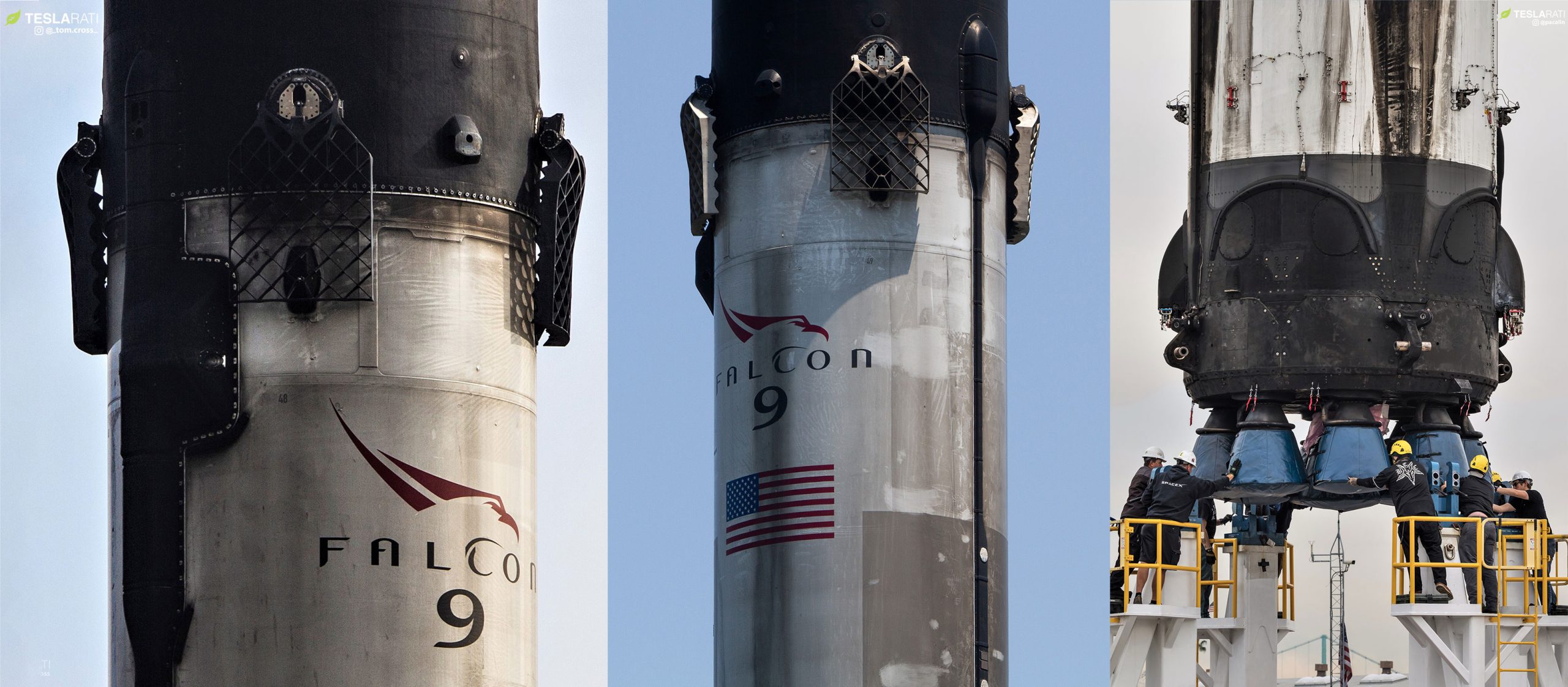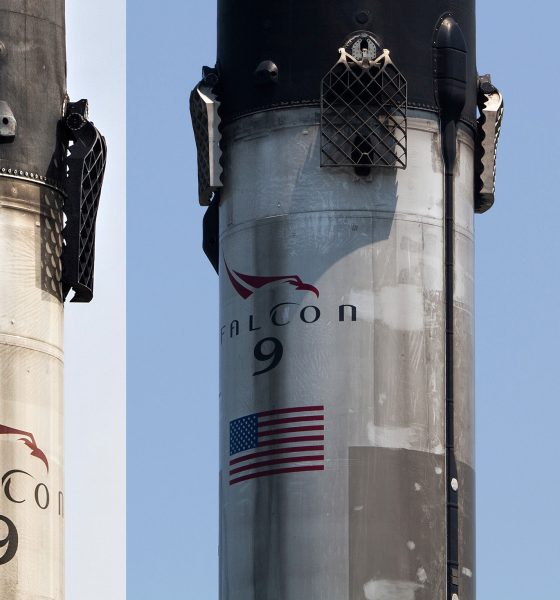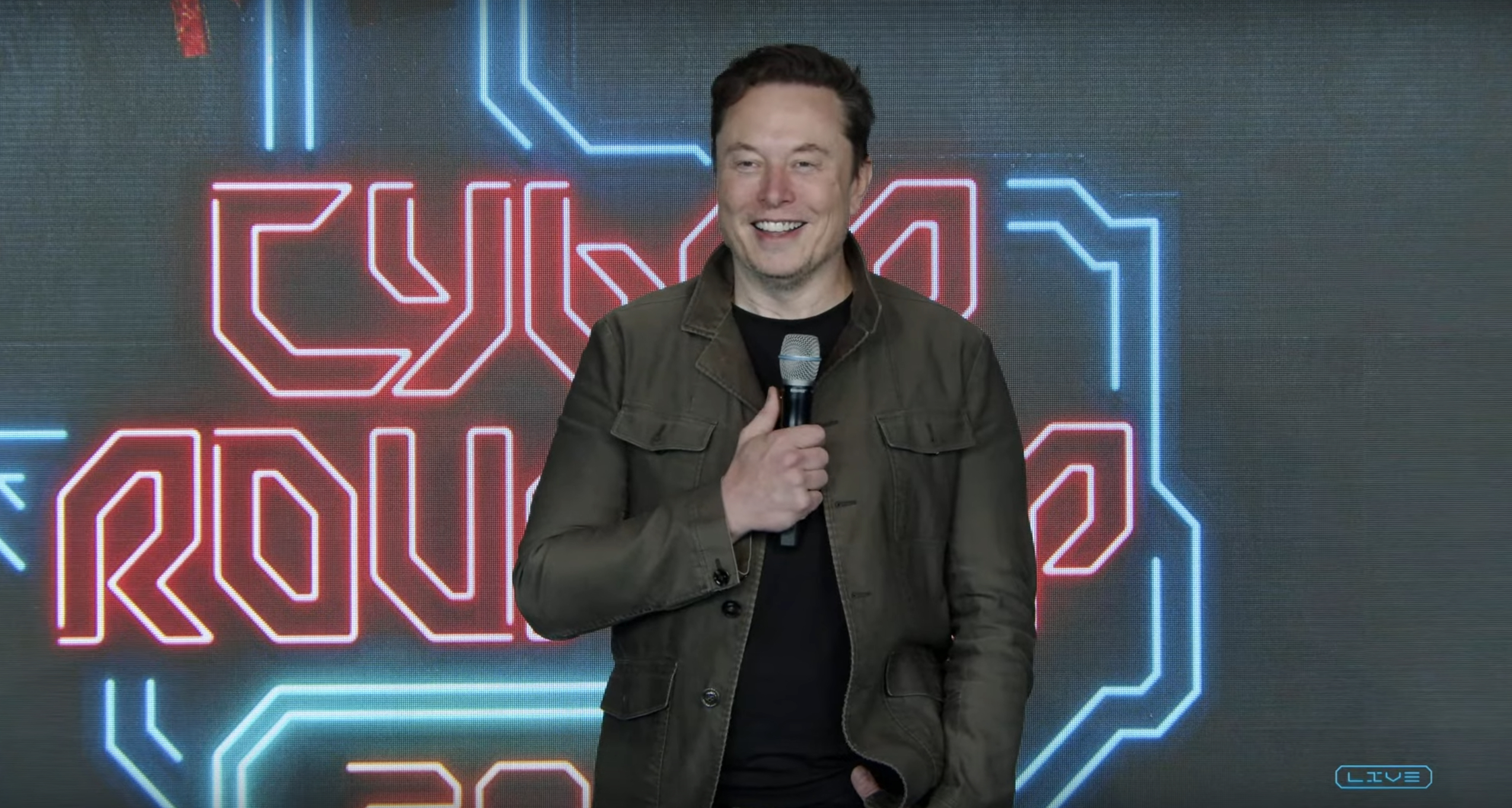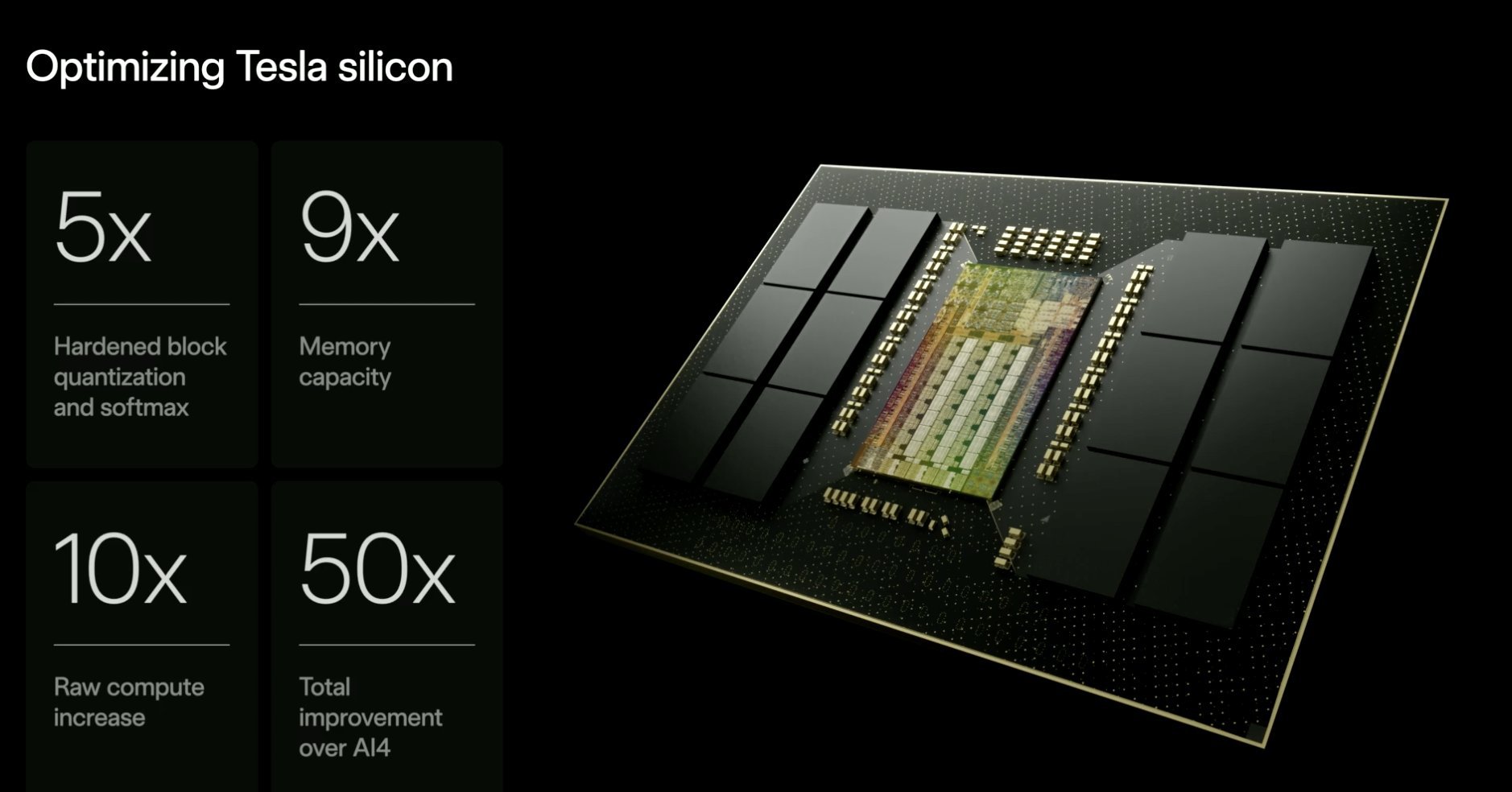

News
SpaceX’s flight-proven Falcon 9 snags NASA launch contract, second of 2019
NASA has announced that SpaceX’s Falcon 9 rocket – using a flight-proven booster – will launch the ~300 kg (670 lb) Imaging X-ray Polarimetry Explorer (IXPE) spacecraft no earlier than April 2021.
Intriguingly, IXPE was originally planned to launch on Orbital ATK (now Northrop Grumman’s) Pegasus XL but NASA never followed through with a launch contract. The move to SpaceX’s Falcon 9 rocket is likely related to the extremely disruptive and expensive launch delays NASA’s Ionospheric Connection Explorer (ICON) spacecraft has suffered at the hands of its Pegasus XL rocket. Capable of launching less than 450 kg (1000 lb) to low Earth orbit, Pegasus XL has been lucky to launch annually over the last decade or so and carries a price tag of no less than $50M-$60M today.
To add to this: NASA says SpaceX can use a previously flown booster on this mission.
IXPE is a small satellite, but this launch contract is less than what NASA paid for for the still-pending Pegasus XL launch of ICON ($56.3M in a 2014 contract). Think about that… https://t.co/sJlWVMHC5c— Jeff Foust (@jeff_foust) July 8, 2019
Small rocket, huge delays
Defying its small size, Pegasus XL was originally scheduled to launch ICON in December 2017. Delayed by unspecified problems with launch vehicle hardware, the mission was pushed back an inexplicable 10 months to October 2018, where additional issues with the rocket again indefinitely scrubbed a launch attempt. In early 2019, the launch was tentatively scheduled for Q2 2019, while – as of July – ICON is not expected to launch before September 2019.
All said and done, in the increasingly unlikely event that Pegasus XL is ready for launch this September, the ICON spacecraft – ready for launch since late-2017 – will have been delayed more than 21 months by problems with the rocket.

Again, for the small-scale performance of Pegasus XL, the rocket still carries a price tag of more than $50M – NASA’s ICON launch contract was valued at more than $56M. Conscious of this, SpaceX has managed to sway NASA to launch the small IXPE spacecraft on a flight-proven Falcon 9 at a cost of just $50.3 million, easily the lowest Falcon 9 launch contract cost ever publicized.
In recent months, SpaceX executives have made comments indicating that Falcon 9’s default base price – likely assuming a flight-proven booster – is now as low as $50M. July 8th’s NASA launch contract is the first direct confirmation of that exceptionally affordable pricing, likely also indicating that the base price for Falcon 9 is even lower for commercial customers with less stringent requirements.

Barring an unexpected contract between now and IXPE’s expected April 2021 launch, the mission will probably be the first time that a dedicated flight-proven SpaceX rocket launches a scientific spacecraft for NASA. SpaceX’s next dedicated NASA launch – the ESA-built Sentinel 6A spacecraft – is scheduled to no earlier than November 2020 and is likely to fly on a new Falcon 9 booster.
In April 2019, NASA awarded SpaceX $69M for Falcon 9 to launch the agency’s Double Asteroid Redirect Test (DART) – an asteroid-impactor spacecraft – no earlier than June 2021. IXME is SpaceX’s second NASA launch contract win of 2019.

According to NASA, “IXPE will fly three space telescopes with sensitive detectors capable of measuring the polarization of cosmic X-rays, allowing scientists to answer fundamental questions about these turbulent environments where gravitational, electric and magnetic fields are at their limits.”
Check out Teslarati’s Marketplace! We offer Tesla accessories, including for the Tesla Cybertruck and Tesla Model 3.

News
Tesla adds new feature that will be great for crowded parking situations
This is the most recent iteration of the app and was priming owners for the slowly-released Holiday Update.

Tesla has added a new feature that will be great for crowded parking lots, congested parking garages, or other confusing times when you cannot seem to pinpoint where your car went.
Tesla has added a new Vehicle Locator feature to the Tesla App with App Update v4.51.5.
This is the most recent iteration of the app and was priming owners for the slowly-released Holiday Update.
While there are several new features, which we will reveal later in this article, perhaps one of the coolest is that of the Vehicle Locator, which will now point you in the direction of your car using a directional arrow on the home screen. This is similar to what Apple uses to find devices:
Interesting. The location arrow in the Tesla app now points to your car when you’re nearby. pic.twitter.com/b0yjmwwzxN
— Whole Mars Catalog (@wholemars) December 7, 2025
In real time, the arrow gives an accurate depiction of which direction you should walk in to find your car. This seems extremely helpful in large parking lots or unfamiliar shopping centers.
Getting to your car after a sporting event is an event all in itself; this feature will undoubtedly help with it:
The nice little touch that Tesla have put in the app – continuous tracking of your vehicle location relative to you.
There’s people reporting dizziness testing this.
To those I say… try spinning your phone instead. 😉 pic.twitter.com/BAYmJ3mzzD
— Some UK Tesla Guy (UnSupervised…) (@SomeUKTeslaGuy) December 8, 2025
Tesla’s previous app versions revealed the address at which you could locate your car, which was great if you parked on the street in a city setting. It was also possible to use the map within the app to locate your car.
However, this new feature gives a more definitive location for your car and helps with the navigation to it, instead of potentially walking randomly.
It also reveals the distance you are from your car, which is a big plus.
Along with this new addition, Tesla added Photobooth features, Dog Mode Live Activity, Custom Wraps and Tints for Colorizer, and Dashcam Clip details.
🚨 Tesla App v4.51.5 looks to be preparing for the Holiday Update pic.twitter.com/ztts8poV82
— TESLARATI (@Teslarati) December 8, 2025
All in all, this App update was pretty robust.
Elon Musk
Tesla CEO Elon Musk shades Waymo: ‘Never really had a chance’

Tesla CEO Elon Musk shaded Waymo in a post on X on Wednesday, stating the company “never really had a chance” and that it “will be obvious in hindsight.”
Tesla and Waymo are the two primary contributors to the self-driving efforts in the United States, with both operating driverless ride-hailing services in the country. Tesla does have a Safety Monitor present in its vehicles in Austin, Texas, and someone in the driver’s seat in its Bay Area operation.
Musk says the Austin operation will be completely void of any Safety Monitors by the end of the year.
🚨 Tesla vs. Waymo Geofence in Austin https://t.co/A6ffPtp5xv pic.twitter.com/mrnL0YNSn4
— TESLARATI (@Teslarati) December 10, 2025
With the two companies being the main members of the driverless movement in the U.S., there is certainly a rivalry. The two have sparred back and forth with their geofences, or service areas, in both Austin and the Bay Area.
While that is a metric for comparison now, ultimately, it will not matter in the coming years, as the two companies will likely operate in a similar fashion.
Waymo has geared its business toward larger cities, and Tesla has said that its self-driving efforts will expand to every single one of its vehicles in any location globally. This is where the true difference between the two lies, along with the fact that Tesla uses its own vehicles, while Waymo has several models in its lineup from different manufacturers.
The two also have different ideas on how to solve self-driving, as Tesla uses a vision-only approach. Waymo relies on several things, including LiDAR, which Musk once called “a fool’s errand.”
This is where Tesla sets itself apart from the competition, and Musk highlighted the company’s position against Waymo.
Jeff Dean, the Chief Scientist for Google DeepMind, said on X:
“I don’t think Tesla has anywhere near the volume of rider-only autonomous miles that Waymo has (96M for Waymo, as of today). The safety data is quite compelling for Waymo, as well.”
Musk replied:
“Waymo never really had a chance against Tesla. This will be obvious in hindsight.”
Waymo never really had a chance against Tesla. This will be obvious in hindsight.
— Elon Musk (@elonmusk) December 10, 2025
Tesla stands to have a much larger fleet of vehicles in the coming years if it chooses to activate Robotaxi services with all passenger vehicles. A simple Over-the-Air update will activate this capability, while Waymo would likely be confined to the vehicles it commissions as Robotaxis.
News
Tesla supplier Samsung preps for AI5 production with latest move
According to a new report from Sedaily, Samsung is accelerating its preparation for U.S. production of the AI5 chips by hiring veteran engineers for its Customer Engineering team.

Tesla supplier Samsung is preparing to manufacture the AI5 chip, which will launch the company’s self-driving efforts even further, with its latest move.
According to a new report from Sedaily, Samsung is accelerating its preparation for U.S. production of the AI5 chips by hiring veteran engineers for its Customer Engineering team, which will help resolve complex foundry challenges, stabilize production and yields, and ensure manufacturing goes smoothly for the new project.
The hiring push signals that Tesla’s AI5 project is moving forward quickly at Samsung, which was one of two suppliers to win a contract order from the world’s leading EV maker.
🚨🚨 FIRST LOOK at Tesla’s AI5 chip, which will be available in late 2026 or early 2027 pic.twitter.com/aLomUuifhT
— TESLARATI (@Teslarati) November 6, 2025
TSMC is the other. TSMC is using its 3nm process, reportedly, while Samsung will do a 2nm as a litmus test for the process.
The different versions are due to the fact that “they translate designs to physical form differently,” CEO Elon Musk said recently. The goal is for the two to operate identically, obviously, which is a challenge.
Some might remember Apple’s A9 “Chipgate” saga, which found that the chips differed in performance because of different manufacturers.
The AI5 chip is Tesla’s next-generation hardware chip for its self-driving program, but it will also contribute to the Optimus program and other AI-driven features in both vehicles and other projects. Currently, Tesla utilizes AI4, formerly known as HW4 or Hardware 4, in its vehicles.
Tesla teases new AI5 chip that will revolutionize self-driving
AI5 is specialized for use by Tesla as it will work in conjunction with the company’s Neural Networks, focusing on real-time inference to make safe and logical decisions during operation.
Musk said it was an “amazing design” and an “immense jump” from Tesla’s current AI4 chip. It will be roughly 40 times faster, and have 8 times the raw compute, with 9 times the memory capacity. It is also expected to be three times as efficient per watt as AI4.
“We’re going to focus TSMC and Samsung, initially, on AI5. The AI5 chip, design by Tesla, it’s an amazing design. I’ve spent almost every weekend for the last few months with the chip team working on AI5.”
It will be 40x better than the AI4 chip, Musk says.
— TESLARATI (@Teslarati) October 22, 2025
AI5 will make its way into “maybe a small number of units” next year, Musk confirmed. However, it will not make its way to high-volume production until 2027. AI5 is not the last step, either, as Musk has already confirmed AI6 would likely enter production in mid-2028.








